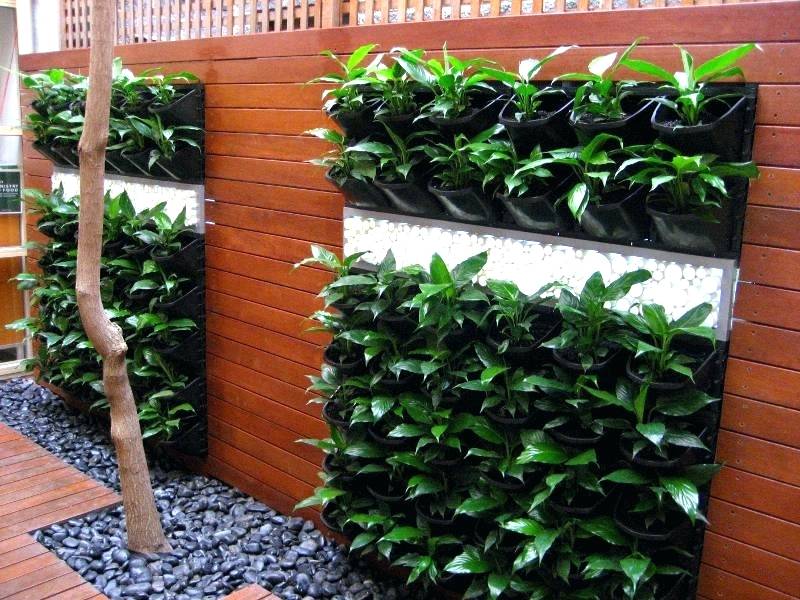Two ways to manipulate your plants to maximize light absorption, growth, and efficiently utilize your grow space.
Have you ever considered living in a tiny home? It’s all the rage these days for people who want to reduce their carbon footprint, decrease their living costs, and improve their quality of life by minimizing the space they utilize.
You might not be ready to make this move, but if you’re cultivating your own cannabis, you might already be facing limited space. If you are, consider using horizontal or vertical growing schemes to improve the output of your grow.
Here are two ways to improve your grow, even if you’re working with limited space.
Vertical Grow Systems
We all intuitively understand that plants grow up from the ground and toward their source of light: the Sun. So, the first cannabis grows mirrored this understanding by placing the lights on top of the grow and letting the plants grow up to them. As people began searching for better ways to grow, the community had a collective light bulb go off: vertical growing.
When the light source is directly above a plant, only the highest and broadest leaves are going to receive maximum light exposure. Vertical grow systems, however, expose more of the plant to its light source by placing it in the middle of the grow. Plants are encouraged to grow up the sides of the grow room, thus allowing for several planes of growth instead of just one, as the Sun does.
Figure 1 Example of a vertical grow system. Credit to Weed Seed Shop
While this method requires the same regular turning of the plants that more traditional grow rooms do, more plants can fit be grown in the same area using this method as competition for light is distributed more evenly.
Horizontal Grow Systems
Combatting space issues and maximizing yields in another unique way is where we find the domain of horizontal grow systems. By training plants to grow sideways, or in spirals, by tying them down and encouraging multiple colas, growers can greatly increase the number of large buds on their plants.
This is because the hormones in the plant tell it grow at the tallest piece as the apical growth.1 With each tie-down after a growth extends, another apical growth will extend.
In the end, growers are left with plants that produce multiple, chunky colas instead of the one, large cola that results from traditional grow systems.
Reference:
1Lee and Yang, “Tip growth: Signaling in the apical dome”, CurrOpin Plant Biol, 2008, 11(6): 662-671.









